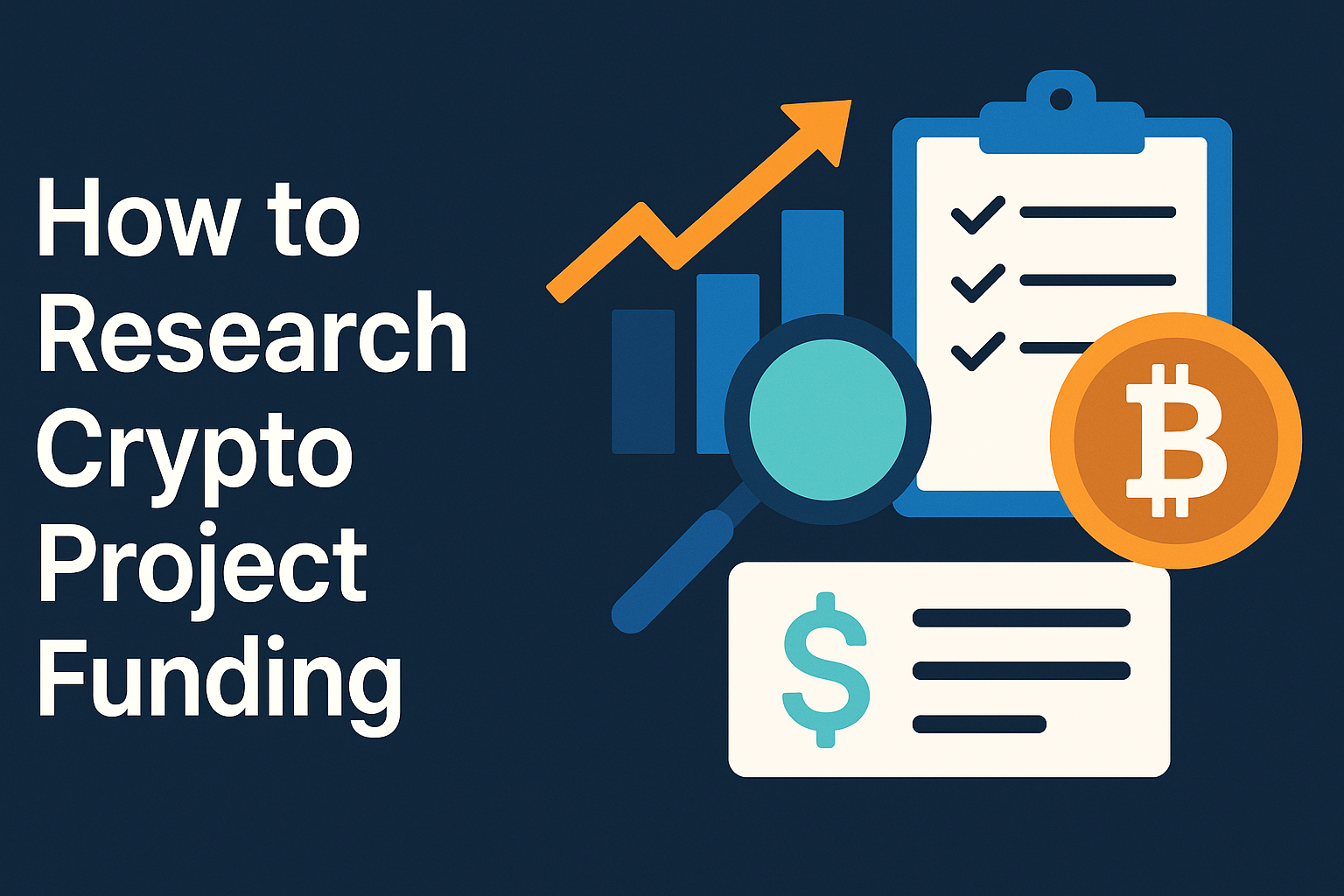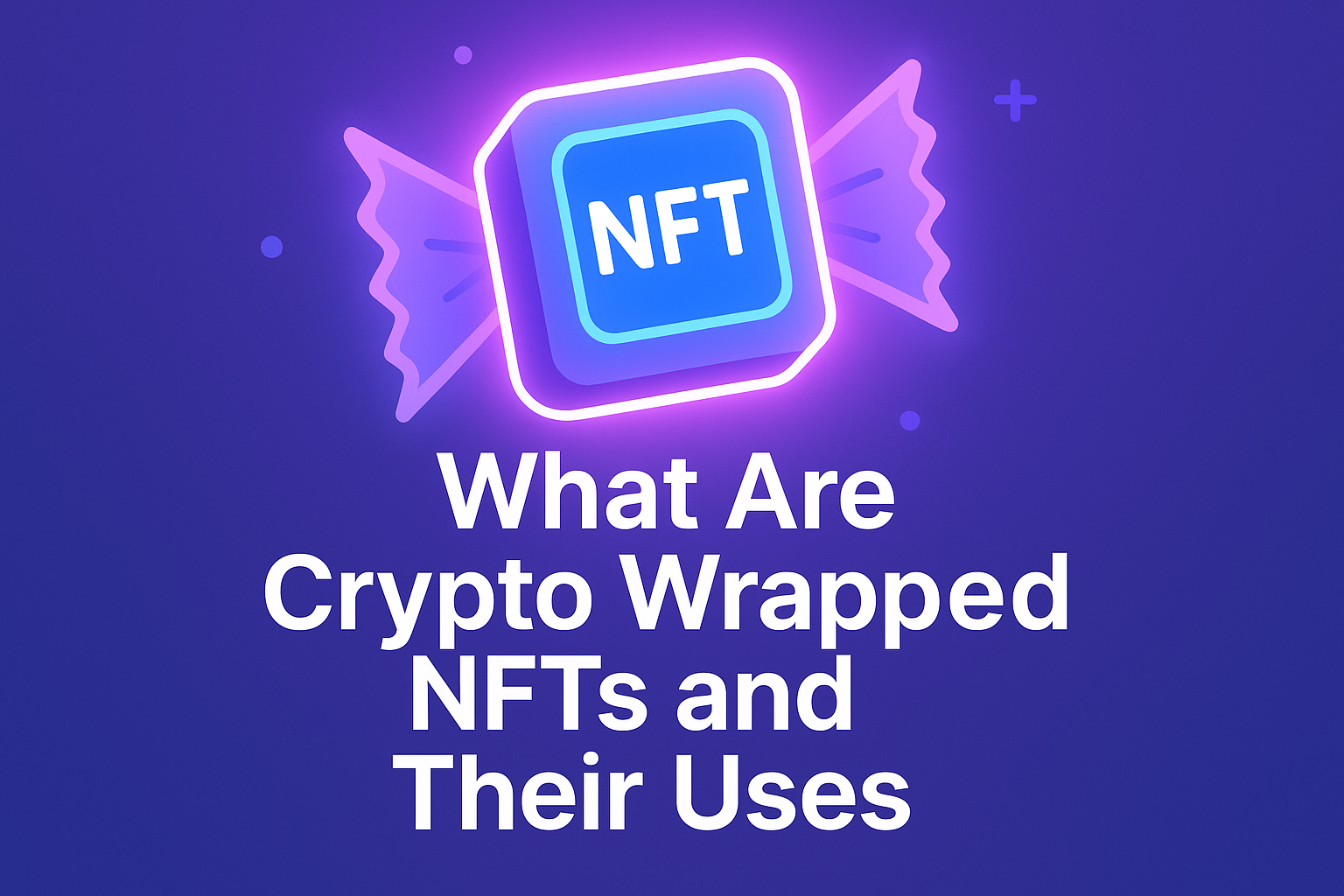Introduction
Friends, diving into the world of cryptocurrency can feel like stepping into a vast, buzzing marketplace full of potential but also hidden risks. One critical element to understand early on is project funding. Why? Because how a crypto project secures and manages its funds often tells you a lot about its future prospects. Whether you’re an enthusiastic beginner or someone with some experience looking to sharpen your crypto research skills, understanding project funding is key to making smart investment choices.
Imagine this: you come across a promising digital currency, but how do you know if it’s a fleeting idea or a project with real backing and staying power? By learning how to research crypto project funding, you gain insights into the project’s financial health, its supporters, and the sustainability of its vision. This knowledge lets you separate the signal from the noise in the crypto chaos.
Throughout this article, we’ll break down complex terms such as ICOs, venture capital, and tokenomics in easy-to-understand language. Plus, we’ll share practical tips, real examples, and trusted resources to help you navigate the crypto landscape confidently. Ready to get started? Let’s explore everything you need to know about project funding in the crypto world.
Understanding Crypto Project Funding: The Basics
When it comes to crypto projects, funding is the lifeblood that keeps development, marketing, and growth efforts alive. But unlike traditional companies, many crypto projects have innovative ways of raising money—from crowd sales of tokens to private investments. Here's a beginner guide to the key funding stages you’ll encounter.
Initial Coin Offerings (ICO) and Token Sales
One of the most famous fundraising methods in crypto is the ICO, short for Initial Coin Offering. Think of an ICO as a crowdfunding campaign where investors buy a project’s native tokens early on, hoping their value will rise once the project launches and gains traction. For example, Ethereum famously raised $18 million in its 2014 ICO, which helped it become a giant in digital currency.
Unlike traditional shares, these tokens often come with utility inside the platform—such as paying transaction fees or voting rights. However, be cautious: ICOs can be risky since some projects have little to no deliverable product at the ICO stage.
Venture Capital and Private Funding
Just like startups in Silicon Valley, many crypto teams attract professional investors through venture capital (VC) funding rounds. These investors bring serious cash and industry connections, signaling potential project credibility. VC-backed projects often undergo extensive scrutiny regarding their team, technology, and market potential before receiving funds.
For example, Solana raised over $300 million through private funding rounds by proving its scalability promises and high-performance blockchain technology. However, by the same token, a big VC investment doesn’t guarantee success—it just shows someone with deep pockets believes in the project’s future.
Grants and Community Funding
Not all project funding comes from profit-driven investors. Some projects receive grants from blockchain foundations or community funds to encourage ecosystem growth. For instance, the Ethereum Foundation regularly awards grants to projects that add value to the Ethereum network. This type of funding signals community trust and technical merit.
Community-driven funding also involves airdrops — a marketing strategy where free crypto tokens are distributed to users to spark interest and grow the user base. Airdrops were massive in 2024, distributing over $500 million in tokens, often rewarding early adopters or loyal participants.
How to Research Crypto Project Funding: Step-by-Step
Okay, so you now know what project funding looks like in the crypto space. But how do you apply that knowledge when deciding whether a crypto project is worth your time and money? Here’s a practical step-by-step approach.
1. Review the Whitepaper and Funding Details
The whitepaper is your first stop. It's essentially the project’s business plan, explaining the problem it solves, its technology, and how it plans to use the raised funds. When researching project funding, pay attention to sections that describe the token sale details—amount to be raised, token allocation, and use of proceeds.
Ask yourself: Does the project aim to use funds transparently? Is there a clear roadmap? Projects with vague or missing funding information are red flags.
2. Examine the Team and Advisors
A solid team behind a crypto project is a strong sign of good project funding management. Check if the founders have relevant blockchain or tech experience. Some projects link LinkedIn profiles for transparency.
Advisors—often industry experts or influencers—can lend credibility and sometimes bring additional funding resources. Remember, great ideas also need great people to manage the money wisely.
3. Check for Investor Backing
Look up which venture capital firms or angel investors have invested in the project. Recognizable names usually bring a positive sign. You can find this info on official project websites or through news sources like Cointelegraph or CoinMarketCap.
Don't forget to check the timing of the funding rounds. Early investments often come with discounted tokens, so see if these investors have lock-up periods preventing dumps that might crash token prices.
4. Analyze Tokenomics and Allocation
Tokenomics describes how tokens are distributed and used inside the ecosystem. A red flag example? When too many tokens are reserved for insiders or the team without clear vesting schedules (the timed release of tokens). Overconcentration can lead to market manipulation.
A balanced allocation might look like this: 50% for community and public sales, 20-30% for team and advisors with vesting, and the rest for ecosystem growth and reserves.
5. Explore Community and Media Presence
A crypto project’s community can be a goldmine of information. Active social media channels, developer forums, and community chats show engagement levels. Funding doesn’t just happen behind closed doors; projects that communicate openly about their funding journey often earn trust.
Check for recent announcements, progress updates, and partnerships. Are there any mentions of new funding rounds or grants? This indicates ongoing financial backing and project momentum.
Lifehacks for Evaluating Project Funding
How do you cut through the noise and spot gems quickly? Here are some practical tips from seasoned crypto users.
Use Token Trackers and Explorer Tools: Platforms like Etherscan allow you to see token distributions, wallet holdings, and transfers. It's a direct window into how tokens move and who owns what.
Set Google Alerts for Funding News: Stay updated by creating alerts around project names plus keywords like ‘funding,’ ‘investment,’ or ‘partnership.’ This real-time info helps catch fresh developments that impact project value.
Attend AMA (Ask Me Anything) sessions: Many projects host live Q&A with founders discussing funding and roadmap. Listening to their answers helps gauge transparency and commitment.
Beware of Overhyped Funding Announcements: Not every big funding headline means success. Look deeper into the source of funds and project fundamentals before making decisions.
Examples of Well-Funded Projects and What You Can Learn
To put theory into practice, let’s analyze a couple of well-known crypto projects and their funding stories.
Polkadot: This interoperable blockchain project raised close to $145 million in its ICO, attracting major VC firms like Polychain Capital. Its carefully managed token release schedule and strong developer backing helped maintain steady momentum.
Chainlink: Before becoming the leading decentralized oracle network, Chainlink raised funds through a private sale. Even though it did not do a public ICO, its transparent approach and solid partnerships set it apart in funding strategy.
Both projects highlight how clear, well-planned funding models coupled with strong teams and community support play critical roles in crypto success. You can learn a lot by tracking their funding announcements and how they deploy resources.
Conclusion
Understanding project funding in crypto is your secret weapon to becoming a savvy investor or participant. It helps you identify projects that have the financial resources and thoughtful planning to grow sustainably, reducing the risk of losing money to scams or poorly managed ventures.
Start by dissecting funding sources and tokenomics in every crypto project you consider. Probe deeply into the team’s backgrounds, investor list, and community vibes. Then combine this info with tools like blockchain explorers and trusted news sites for a full, nuanced picture.
Remember, no investment is completely risk-free. But by mastering how to research crypto project funding today, you position yourself to make smarter, evidence-based choices tomorrow.
For more beginner-friendly insights and in-depth guides on everything crypto, be sure to visit our Crypto 101 section. Interested in trading platforms comparison? Check out our Exchange Reviews. And don’t forget to explore useful tools and wallets in our dedicated Tools and Wallets category.
Your crypto journey is just beginning, and armed with the right research skills, you’re ready to navigate it successfully!












